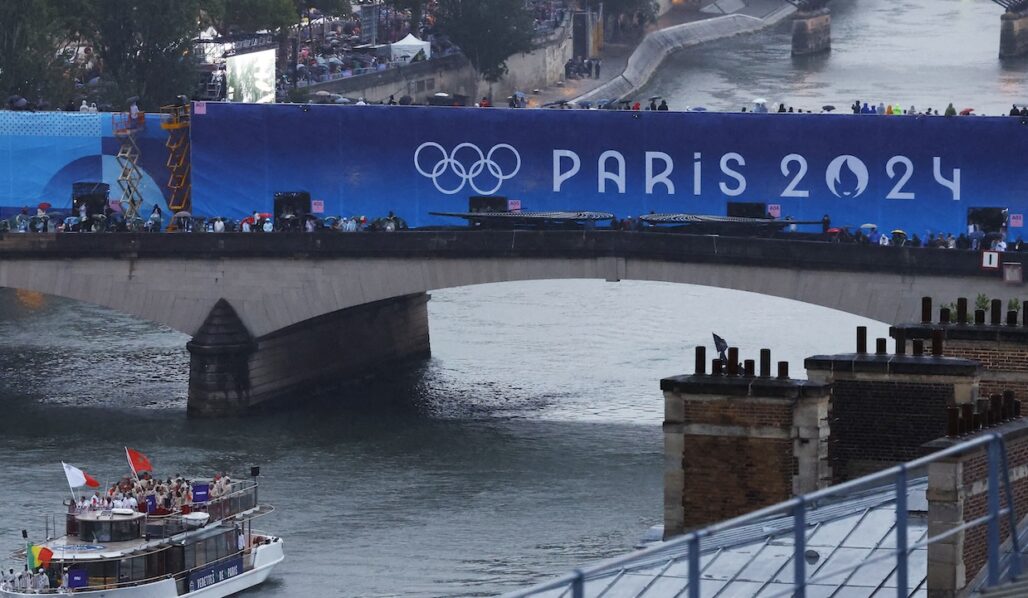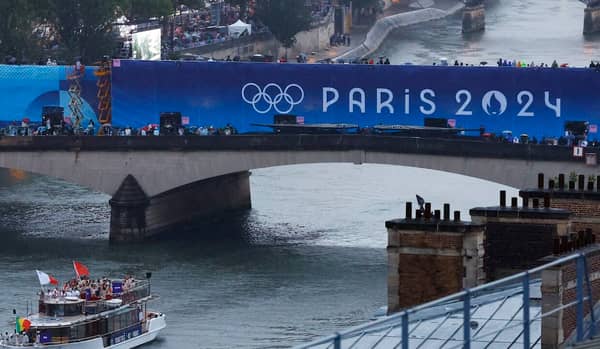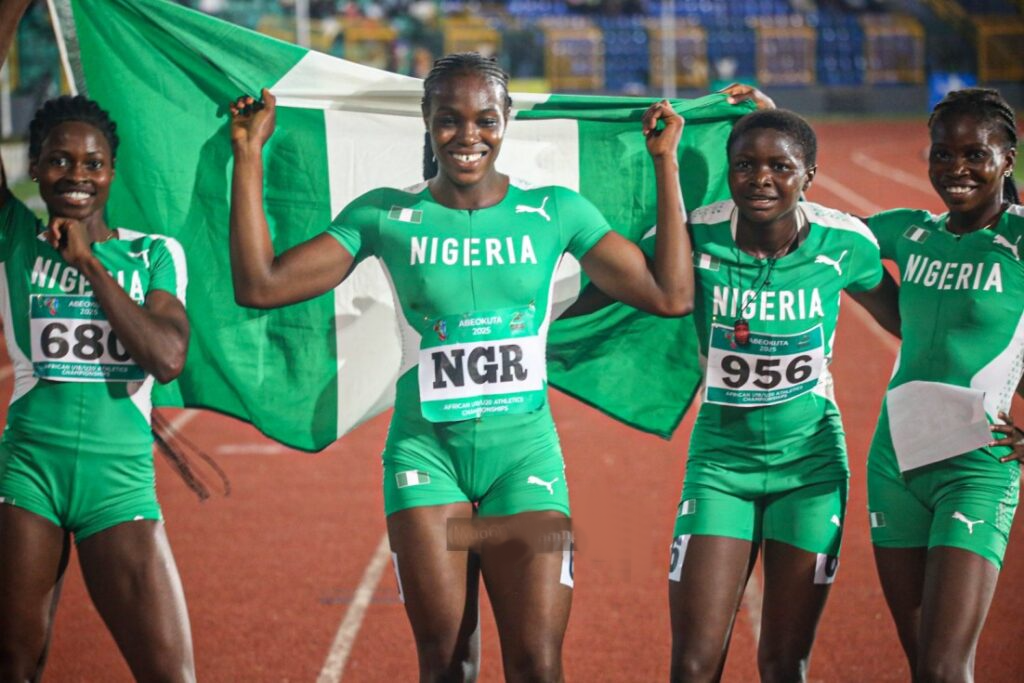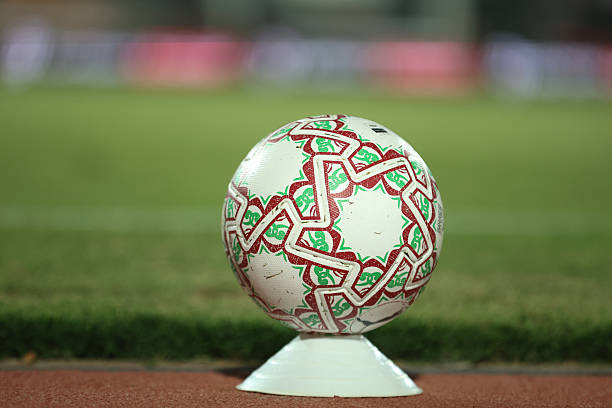
Although women have been allowed to compete in the Olympic Games for well over 100 years now, it has taken the full 100 years to come as close to gender parity as the 2024 Paris Olympics. The emancipation of women in sports has proven to be a long path with many obstacles, so let’s have a look at some of the biggest successes, but also where a lot more effort has to be spent.
Olympic Games, the Pinnacle of Sports
It was the second edition of the modern Olympic Games, Paris 1900, in which women competed for the first time. The 22 women represented only just over 2% of all competitors, and it would take 10 editions and half a century until Helsinki 1952 before this number had grown to over 10%.
During the second half of the 20th century, women’s participation slowly increased, as did the number of sports they could participate in. Only in 1996, when female participation reached 34%, did the IOC amend its Olympic Charter to include the promotion of women in sport.
“The role of the IOC is to lead the promotion of Olympism in accordance with the Olympic Charter. For that purpose the IOC: (…) strongly encourages, by appropriate means, the promotion of women in sport at all levels and in all structures, particularly in the executive bodies of national and international sports organizations with a view to the strict application of the principle of equality of men and women.” (Olympic Charter, 1996).
Although this certainly helped advance the position of women in sport, it wasn’t until the 2012 London Olympics that women finally were able to compete in every sport at the Olympics. This year’s Olympics in Paris were supposed to be the very first games that had an equal number of men and women compete; however, that goal was missed by an inch.
Football, the most popular sport in the world
There is no sport that is as popular all around the world as football is, so maybe it is one of the best examples to use when looking at the differences between men and women. For starters, men have been playing football at the Olympics games since 1900, and have had a World Cup since 1930. Women? Did you know in many countries women were actually banned from playing football until the 1970s?!
In 1970, the Federation of Independent European Female Football (FIEFF) organised the ‘Coppa del Mondo’ in Italy. This was the very first tournament to be called a “Women’s Football World Cup.” FIFA, the “Fédération Internationale de Football Association,” was not too enthusiastic about women’s football and waited until 1988 to organise the “1988 FIFA Women’s Invitation Tournament.” A test to see if a women’s world cup would be feasible.
For us, it will come as no surprise that the test was a success, and it led to the first FIFA Women’s World Cup being held a few years later, in 1991 in China.
In the meantime, women’s football has rapidly been growing, as can be seen in this statistical comparison by Jannik Lindner. What stands out in the statistics is that women are quickly catching up at the highest, but at other levels and especially when it comes to finances, there is still a world to be won.
Salaries, prizes, transfers, etc. for men are orders of magnitude higher. If we just look at the average salary of the Men’s Premier League compared to the Women’s Super League in 2022, men made almost 70 times more! Even if we take into account that the Men’s World Cup created 57 times more revenue than the Women’s, there is still a huge difference.
What about other sports?
This is where it becomes interesting; it is very hard to find actual numbers of female participation in sports. For some reason, the majority of the information available is about ‘how female consumers engage with sports’, in other words, ‘fandom’. It seems the world is still mostly interested in male athletes and sees women mostly as fans.
This indicates there is still a world to be won for female athletes, but it also raises the question of whether true parity can and ever will be achieved.






